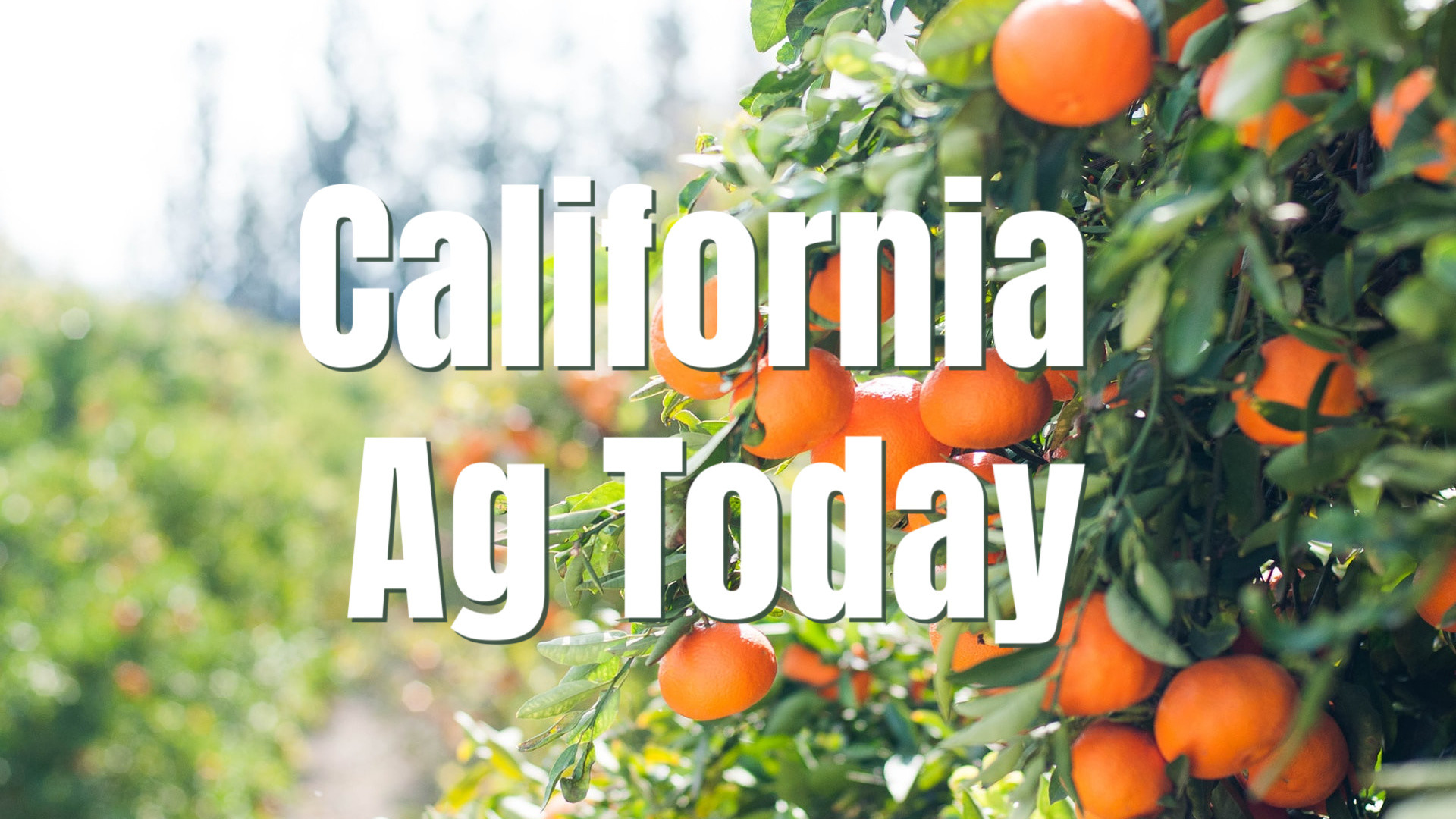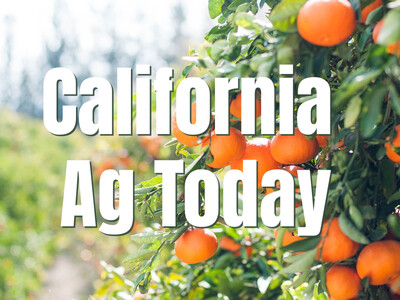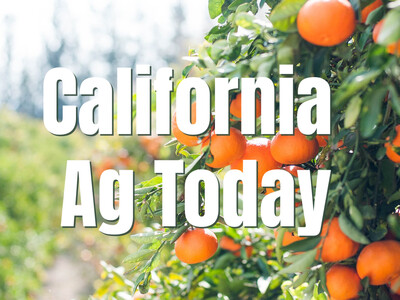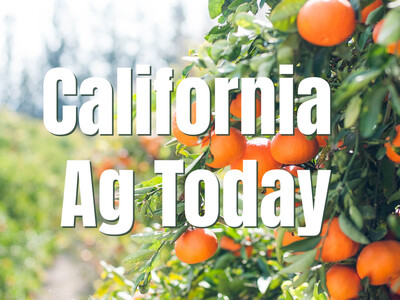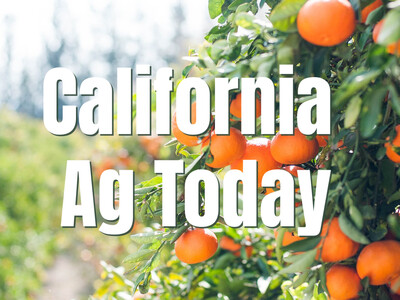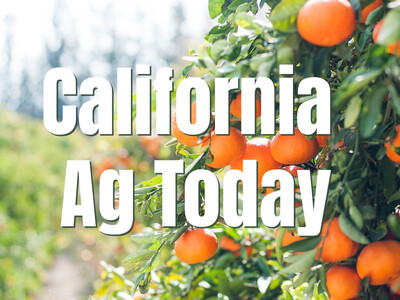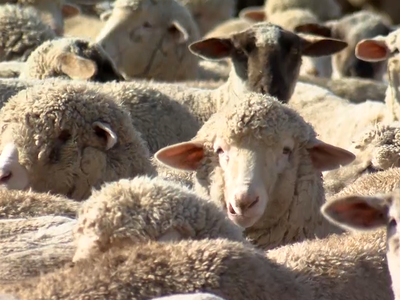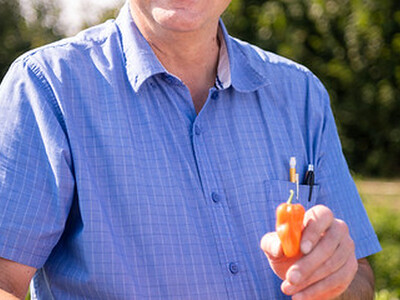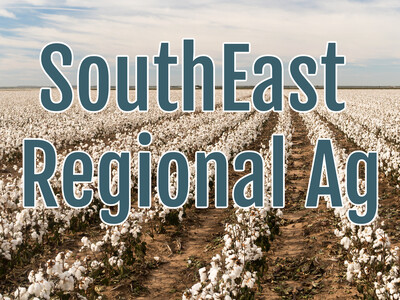Pandemic Impacts Agricultural Education

Tim Hammerich
News Reporter
Periodically throughout the pandemic we have been sharing updates on how the industry is adjusting courtesy of the California Farm Bureau. Here are a few more of those updates.
As schools reopen--in many cases, virtually--agricultural instructors must figure out how to provide the hands-on learning their classes require. At colleges that can combine distance and in-person learning, physical lab sessions have altered schedules or shop spaces to assure social distancing. High school agricultural instructors say they have distributed lesson kits, supplies and other materials to allow students to do projects at home.
School districts starting the academic year with virtual classes have adjusted how they buy food. Many districts continue to offer curbside meal delivery to students and their families. As a result, they're now buying fruits, vegetables and other foods in individual servings, rather than in bulk for display at salad bars and cafeteria lines. That has required produce packinghouses to change how they package foods sold to schools.
The pandemic has complicated work for California farmers who need replacement parts for machinery. In some cases, parts have been in short supply. The Association of Equipment Manufacturers says plants in Mexico slowed parts production during the early weeks of the pandemic, making certain spare parts hard to come by. Farmers and equipment dealers say supplies have stabilized, especially for American-made parts.
(Source: California Farm Bureau)


